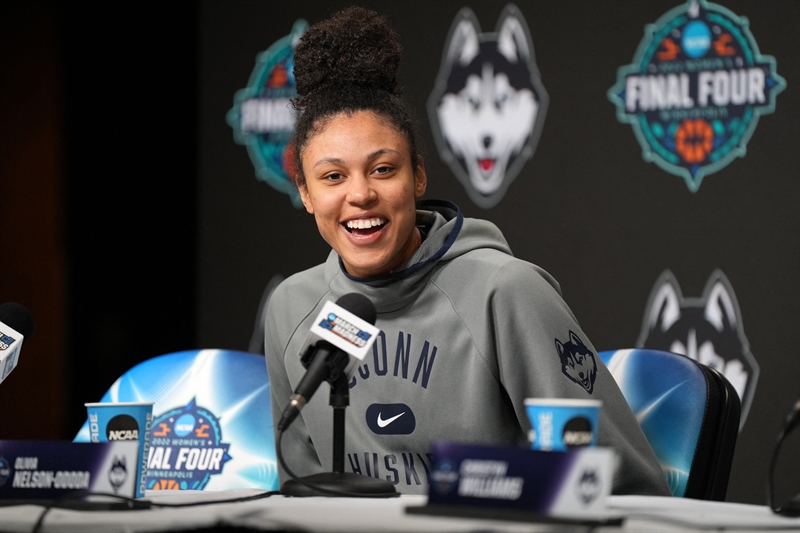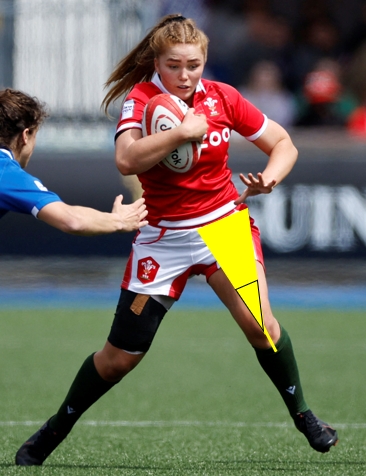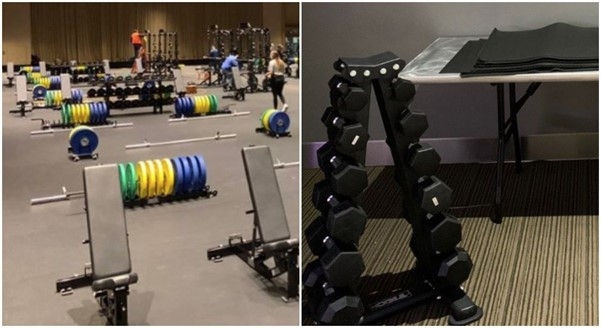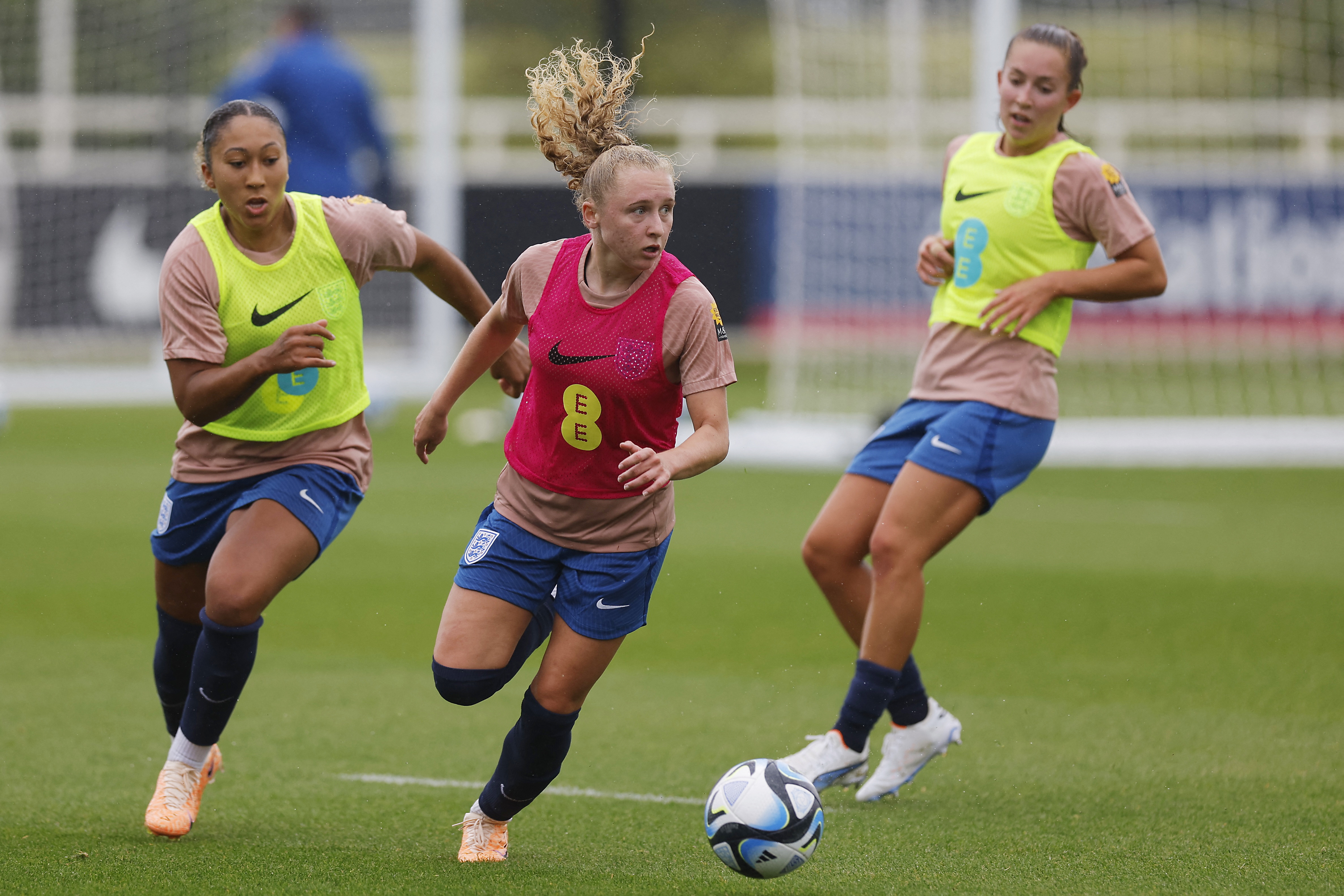Athlete voices in sports injury: The untapped resource

Sports injury research is clinical, impartial, and objective. It reduces athlete injuries to numbers and figures, removing the stories of the athletes and the context behind the injury. Practitioners are informed about the prevalence, incidence, and severity of injuries – but never about who the athletes are and why these injuries matter to them. But what if the athlete stories are the essential part of research?
Recently, a new approach to sports injury prevention research has emerged, and it is changing the way we think about sports injury. For the first time, researchers are applying qualitative methods to injury research, and they have generated an astounding amount of support as a result.
Qualitative research relies on data obtained by the researcher through first-hand observation, interviews, questionnaires, and other non-numerical sources of information. Qualitative researchers try to understand ‘why’ things happen, and they do so using one of the most sensible tools available – they ask! They aim to understand the athlete experience and uncover detail regarding the injury experience that isn’t visible through counts and percentages. The famous saying goes, “Not everything that matters can be measured.”
Why do athlete stories matter?
A recent British-Canadian qualitative research collaboration questioned the conventional logic surrounding why female athletes are more susceptible to ACL injuries than men(1). The traditional explanation is that females have larger q-angles than men, which places them at a biomechanical disadvantage during landing and changing direction tasks, predisposing females to injury (see figure 1). However, this paper challenges this view as a highly gendered assumption.Figure 1: Female Q-angle

Rugby Union - Women's Six Nations - Wales v Italy - Niamh Terry in action. Action Images via Reuters/John Sibley
The researchers point out that females have a very different sports experience to males during their developmental years. As a result of a largely gendered approach, young females are often encouraged to play other sports than males and are prepared for these sports very differently. It is still relatively uncommon to find female athletes exposed to strength training during their adolescent years. Furthermore, due to the gendered nature of facilities like gyms, women often don’t feel comfortable doing resistance training in the section of the gym traditionally dominated by men. The 2021 NCAA March Madness basketball tournament demonstrated the shameful disparity in providing training facilities for men and women (see figure 2).
Figure 2: NCAA March Madness tournament training facilities

Training facilities provided by the tournament organizers for males (left) and females (right) at the NCAA March Madness tournament in 2021.
Further insights from qualitative research
Importantly, athletes consider themselves injured when their performance declines, not when they perceive pain(2,3). For most people, the word injury is synonymous with pain. When you hurt, you are injured, and when you are injured, it hurts. However, there is an uncoupling of this relationship in competitive sports. Elite athletes frequently push through the pain barrier and become comfortable with ignoring or repressing pain. Athletes like this consider themselves injured when they can no longer perform at their best level, not when they perceive pain.Understanding that athletes view injury differently from everyday sports participants has several important implications. Firstly, athletes are likely to ignore physical complaints and delay seeking treatment until their injury affects their performance. However, this is a sub-optimal strategy as ‘niggles’ are precursors to more severe injury(4). Instead, athletes could avoid these injuries through early intervention. Furthermore, athletes may return to sport too soon following their injuries or conceal injuries to participate. In all these cases, educating athletes on the importance of being mindful of their pain and regularly reporting this to their support staff can significantly reduce the injury risk related to the acceptance of pain.
The sports injury prevention perception
Sports injury prevention is a learning process shaped by individual experiences(3). Athletes and practitioners often perceive sports injury prevention as the necessity to regularly perform a thorough neuromuscular warm-up before sports participation – tick the box and get the job done. It is also often suggested that these programs are sometimes ineffective due to a lack of athlete compliance.However, researchers at the Maastricht University in the Netherlands changed our understanding of injury prevention from a one-size-fits-all intervention to an individually tailored approach shaped by the athlete’s past experiences(3). The authors interviewed Olympic-level athletes, coaches, managers, and healthcare providers about how injury prevention approaches change over an athlete’s life span. The study results revealed that an athletic career is an adaptive and evolving process. What worked for an athlete when she was 18 may not work when she is 27. As athletes progress through their careers and potentially sustain injuries and recover from them, they grow a more nuanced and refined understanding of their bodies. This understanding allows them to manage their bodies more effectively and progress to more demanding training regimes.
Researchers at the Linköping University in Sweden demonstrated the nuance in injury prevention in elite-level running athletes. They examined 12 world championship runners to identify their strategies for staying well and avoiding illness(5). The findings showed that elite runners monitor themselves closely for ill-health symptoms and rapidly adjust their training loads in response. They were also highly responsive to medical advice. Furthermore, over the years, the runners developed a type of ‘educated flexibility’ where they could achieve the overall outcomes of a training plan without rigidly sticking to the structure. Instead, they respond to their bodies.
Clinical implications
The qualitative research results suggest that injury prevention needs to be differentiated based on athlete experience. For example, a novice athlete probably has a minimal idea of how to warm up effectively, and in this context, a standardized warm-up is a useful starting point. On the other hand, a highly experienced athlete is likely to feel constrained by a standardized warm-up and prefer a more individualized approach. A further implication is that athlete support staff should help athletes develop their understanding of managing their bodies by asking them what is most effective and collaborating with them in designing training that is most suitable for the athlete as an individual.Joining the conversation
There is much more to sports injuries than tissue damage and how long it takes to heal. How the participant, environment, and context contributed to the injury are just as important. The shift towards qualitative injury prevention research provides insights and stories that make it easier for us to understand the athlete experience and forces practitioners to question many assumptions about injury prevention.At an individual level, the same holds true. Understanding a client’s context can make a difference in providing an individualized support plan. Generic injury prevention plans often don’t work because the athlete doesn’t have the time, facilities, inclination, or experience to execute them as planned. It is far better to find out about the athlete’s sport, development history, training age, and the context of their club and neighborhood. Using this information, practitioners can help the athlete develop an individual strategy that will work for them!
References
- Br J Sports Med. 2021 Mar 10;55:984-990.
- BMJ Open Sport Exerc Med. 2019 Mar 1;5(1):e000492.
- BMJ Open Sport Exerc Med. 2021 Dec 6;7(4):e001217.
- Science and Medicine in Football. 2019 March 4;3:216-224.
- J Sci Med Sport. 2020 Aug;23(8):715-720.
Related Files
Newsletter Sign Up
Subscriber Testimonials
Dr. Alexandra Fandetti-Robin, Back & Body Chiropractic
Elspeth Cowell MSCh DpodM SRCh HCPC reg
William Hunter, Nuffield Health
Newsletter Sign Up
Coaches Testimonials
Dr. Alexandra Fandetti-Robin, Back & Body Chiropractic
Elspeth Cowell MSCh DpodM SRCh HCPC reg
William Hunter, Nuffield Health
Be at the leading edge of sports injury management
Our international team of qualified experts (see above) spend hours poring over scores of technical journals and medical papers that even the most interested professionals don't have time to read.
For 17 years, we've helped hard-working physiotherapists and sports professionals like you, overwhelmed by the vast amount of new research, bring science to their treatment. Sports Injury Bulletin is the ideal resource for practitioners too busy to cull through all the monthly journals to find meaningful and applicable studies.
*includes 3 coaching manuals
Get Inspired
All the latest techniques and approaches
Sports Injury Bulletin brings together a worldwide panel of experts – including physiotherapists, doctors, researchers and sports scientists. Together we deliver everything you need to help your clients avoid – or recover as quickly as possible from – injuries.
We strip away the scientific jargon and deliver you easy-to-follow training exercises, nutrition tips, psychological strategies and recovery programmes and exercises in plain English.










